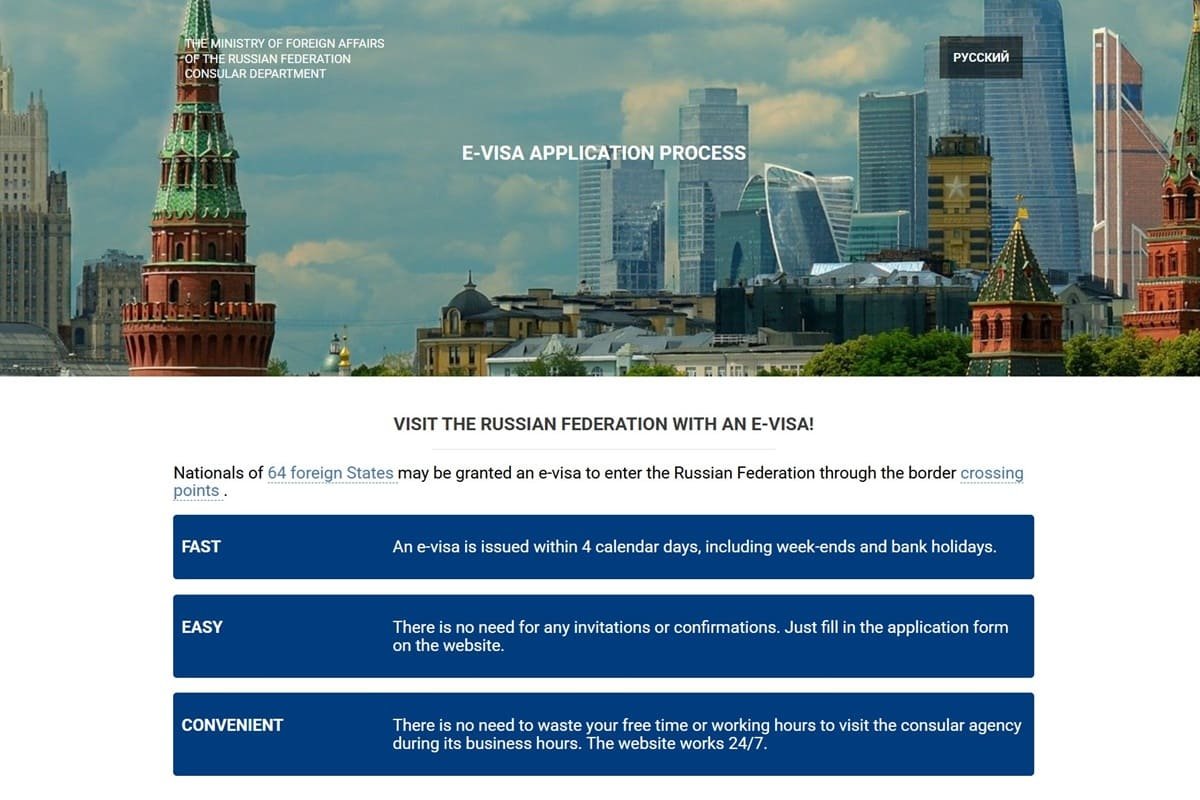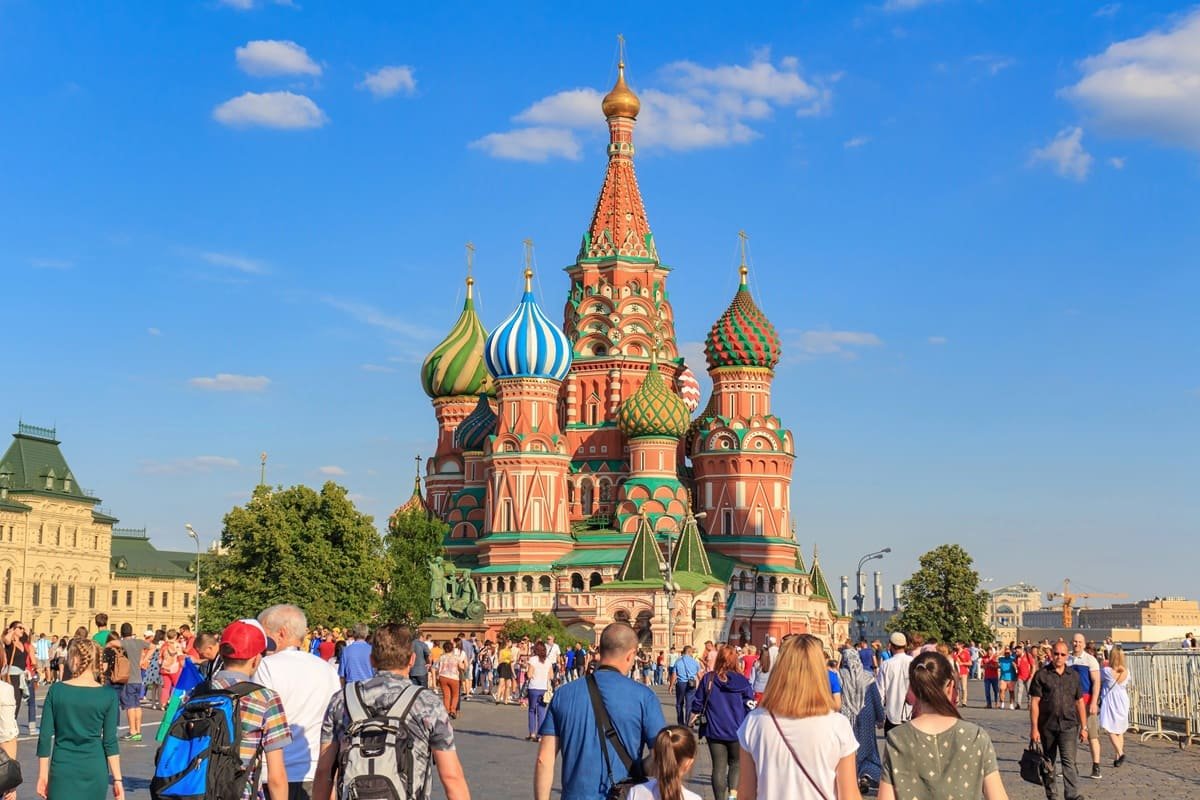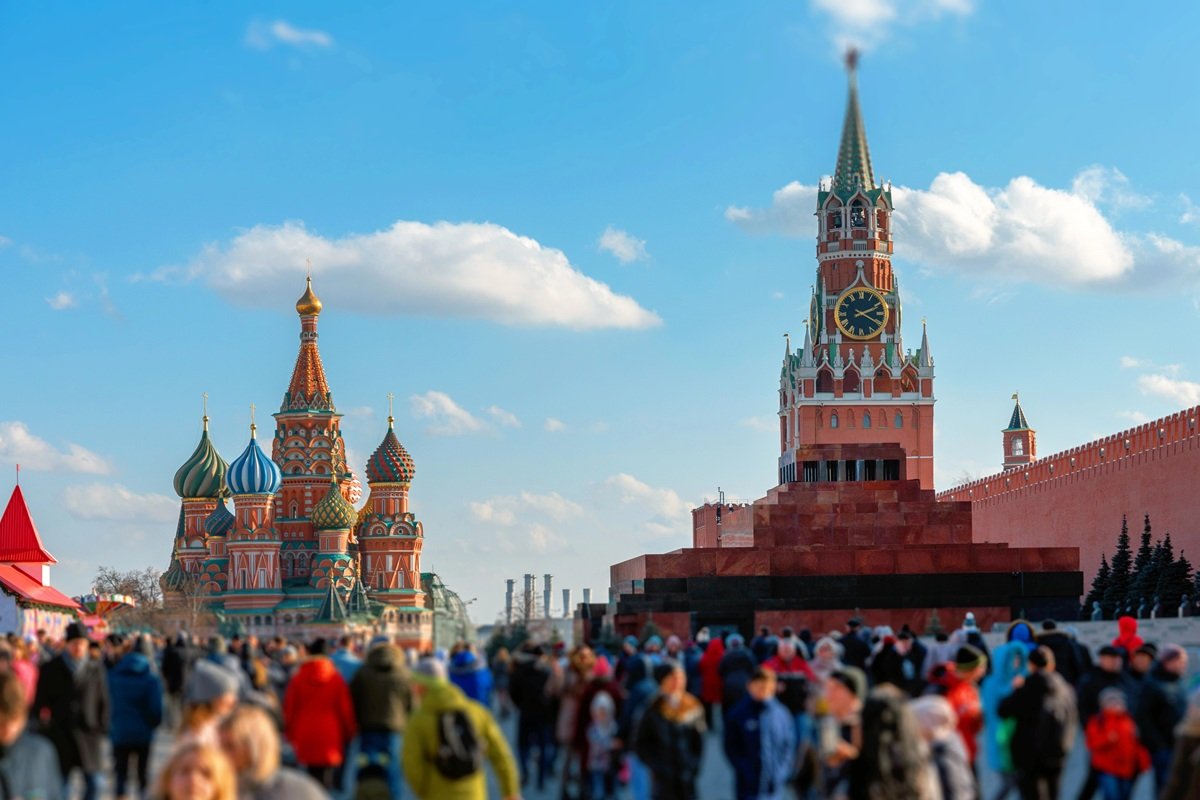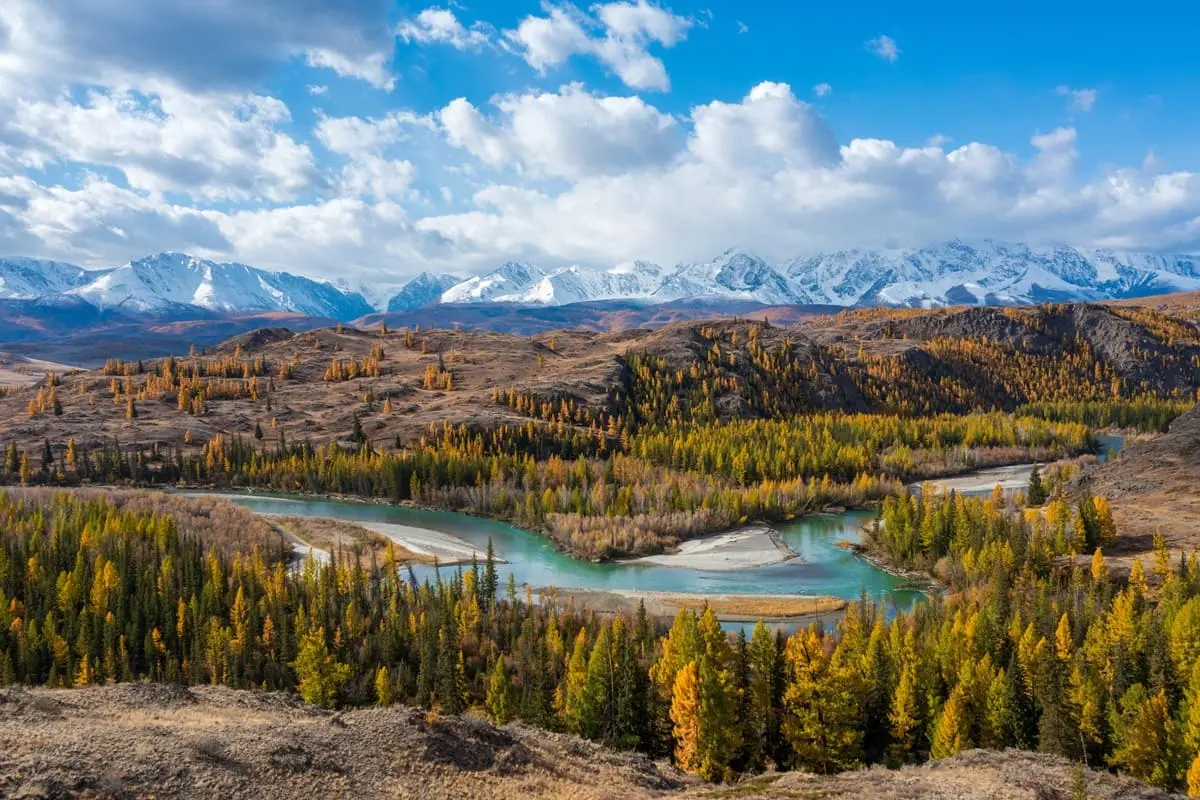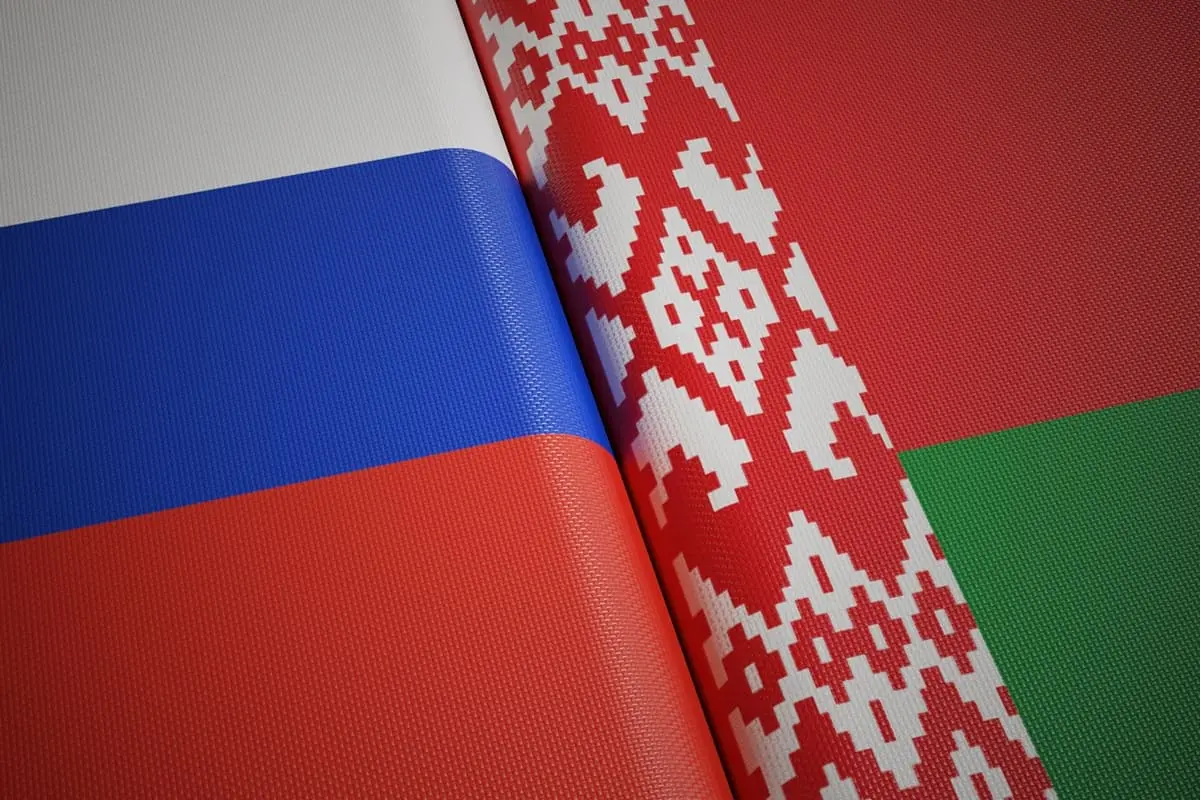French adventurer Sofiane Sehili, a well-known figure in the world of ultra-distance cycling, was freed on Thursday, October 23, after spending more thn a month in detention in Russia’s Primorsky region. Having left Lisbon in early July 2025 on a solo bike journey to Vladivostok, he was nearing the end of his route when he was detained in early September.
The reason: an entry into Russian territory through a border checkpoint not authorized for travelers holding an electronic visa (e-Visa). Russian authorities classified the act as “illegal border crossing.”
After being fined, the cyclist was freed today, but his experience sheds light on an important technicality of Russia’s e-Visa system.
Russia’s e-Visa: convenient but tightly regulated
Launched nationwide in 2023, Russia’s electronic visa allows citizens of more than 60 countries, including France, Belgium, Switzerland, China, and Japan, to visit for tourism, business, or private purposes.
On August 23, 2025, the Russian government extended the validity of the e-Visa from 60 to 120 days and increased the maximum permitted stay from 16 to 30 days, providing greater flexibility for foreign visitors who want to explore the country.
Applications can be completed entirely online through the official portal evisa.kdmid.ru, with no need to visit a consulate. The e-Visa is typically issued within four business days and remains a highly practical option, but its use is strictly regulated.
Entry in Russia allowed only through authorized checkpoints
Travelers holding an e-Visa may enter Russia only through specific border crossing points officially designated by the authorities:
| Type of checkpoint | Authorized entry points for e-Visa holders |
|---|---|
| Airports | Moscow (Sheremetyevo, Domodedovo, Vnukovo, Zhukovsky), Saint Petersburg (Pulkovo), Abakan, Anadyr (Ugolny), Arkhangelsk (Talagi), Astrakhan (Narimanovo), Barnaul, Belgorod, Bryansk, Grozny (North), Yekaterinburg (Koltsovo), Yuzhno-Sakhalinsk (Khomutovo), Irkutsk, Kaliningrad (Khrabrovo), Kaluga (Grabtsevo), Kazan, Kemerovo, Khabarovsk (Novy), Krasnodar (Pashkovsky), Krasnoyarsk (Yemelyanovo), Lipetsk, Makhachkala (Uytash), Mineralnye Vody, Murmansk, Nalchik, Nizhny Novgorod (Strigino), Novosibirsk (Tolmachevo), Ulan-Ude (Mukhino), Omsk (Centralniy), Orenburg (Centralniy), Ufa, Ulyanovsk (Vostochny), Perm (Bolshoye Savino), Petropavlovsk-Kamchatsky (Yelizovo), Rostov-on-Don (Platov), Samara (Kurumoch), Saratov (Gagarin), Sochi, Syktyvkar, Cheboksary, Chelyabinsk (Balandino), Chita (Kadala), Tyumen (Roshchino), Tomsk (Bogashevo), Vladikavkaz (Beslan), Vladivostok (Knevichi), Volgograd (Gumrak), Yaroslavl (Tunoshna). |
| Seaports | Greater Port of Saint Petersburg (Marine Terminal, Fort Konstantin, English Embankment, Lieutenant Schmidt Quay), Saint Petersburg Passenger Port, Kandalaksha, Kaliningrad, Korsakov, Magadan, Murmansk, Nikolaevsk-on-Amur, Petropavlovsk-Kamchatsky, Posyet, Sochi, Vladivostok, Vysotsk, Zarubino. |
| Railroad | Saint Petersburg–Finlyandsky (from Finland), Khasan (from China), Makhalino (from China), Mamonovo (from Poland), Naushki (from Mongolia), Pogranichny (from China), Sovetsk (from Lithuania), Zabaikalsk (from China). |
| Automobile | Bagrationovsk (from Poland), Brusnichnoye (from Finland), Burachki (from Latvia), Gusev (from Poland), Kyakhta (from Mongolia), Kunichina Gora (from Estonia), Lyutta (from Finland), Mamonovo–Grzechotki (from Poland), Mamonovo–Gronovo (from Poland), Morskoye (from Lithuania), Pogranichny (from China), Poltavka (from China), Salla (from Finland), Shumilkino (from Estonia), Solovievsk (from Mongolia), Sovetsk (from Lithuania), Starotsurukhaytuysky (from China), Suoperya (from Finland), Svetogorsk (from Finland), Tashanta (from Mongolia), Chernyshevskoye (from Lithuania), Torfyanovka (from Finland), Turiy Rog (from China), Ubylinka (from Latvia), Verkhniy Lars (Republic of North Ossetia–Alania), Vyartsilya (from Finland). |
| Mixed | Amurzet (from China), Blagoveshchensk (from China), Pokrovka (from China). |
| River | Khabarovsk (from China). |
| Pedestrian | Ivangorod (from Estonia). |
Therefore, not all border crossings with China or Mongolia accept e-Visas, and this is precisely what Sofiane Sehili learned the hard way: while traveling by bike, he crossed through a checkpoint restricted to motor vehicles, which was not included on the list of authorized crossings.
If your planned entry route passes through a border post that does not accept electronic visas, you must obtain a regular (consular) visa through a Russian visa center or embassy. Even in that case, travelers are required to enter through an official checkpoint.
Key precautions before traveling to Russia
To avoid complications:
- Make sure your planned entry point is on the list of those authorized for e-Visas.
- Respect the visa’s validity period and the 30-day maximum stay.
- Apply for a consular visa if your route involves a non-eligible border crossing.
- Keep both a printed and digital copy of your e-Visa.
- Purchase medical insurance valid throughout Russia, which is required at the border.
Sofiane Sehili’s unfortunate experience serves as a reminder that even a convenient e-Visa does not remove geographical or administrative constraints. In Russia, as in many other destinations, entry remains subject to the conditions of the visa and the list of officially designated checkpoints. For travelers, whether seasoned adventurers or casual tourists, understanding these details can make the difference between a smooth journey and an unexpected diplomatic incident.
